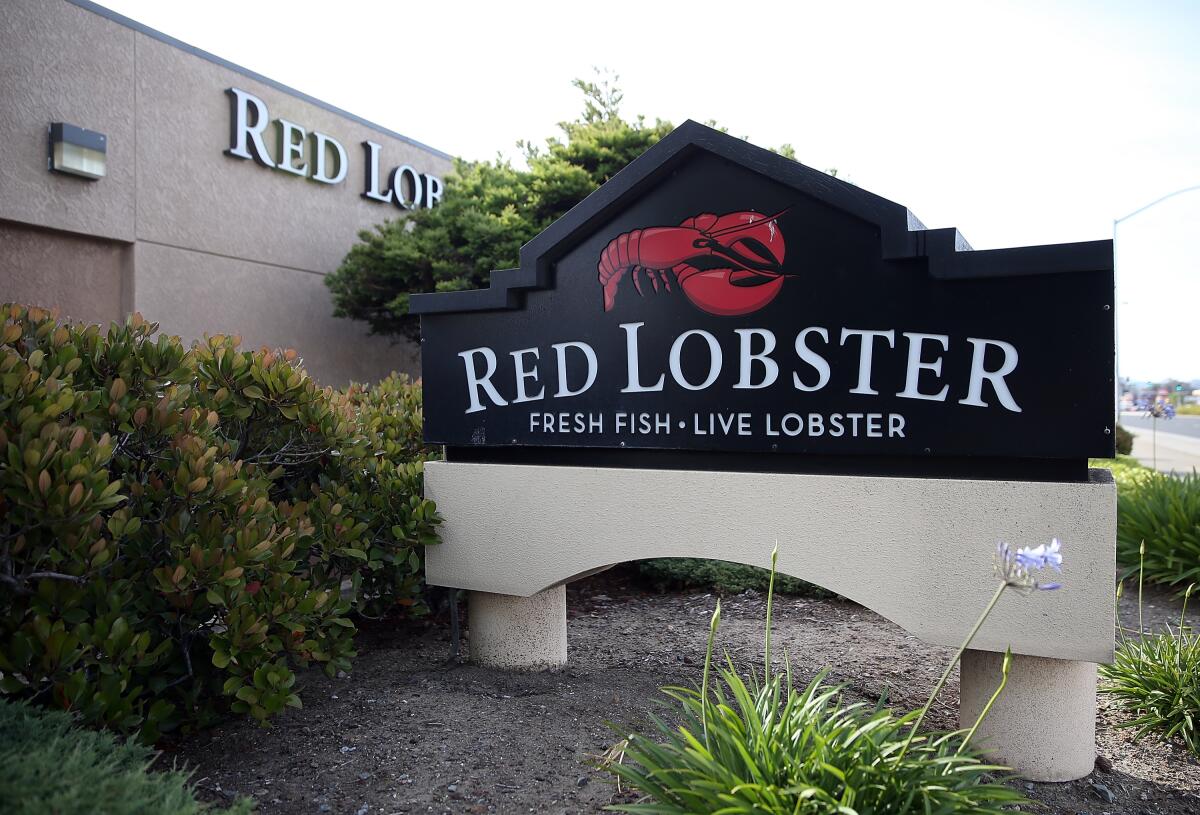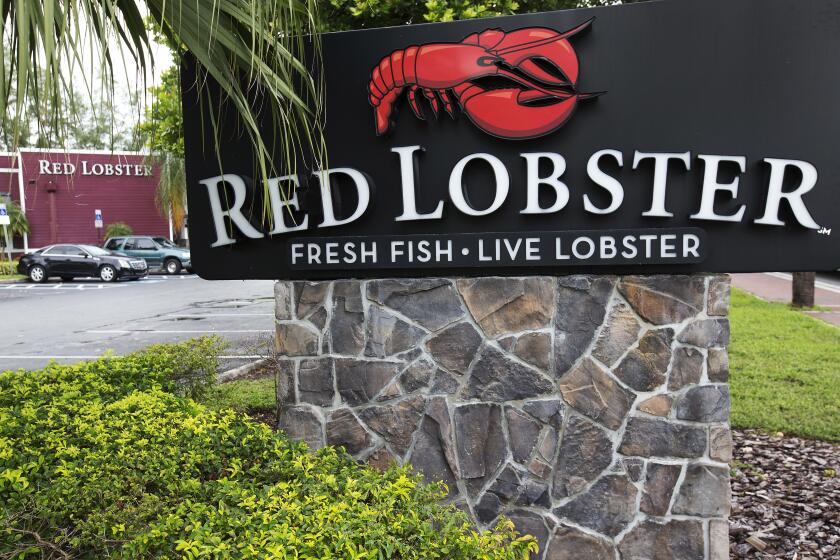Red Lobster bankruptcy exit gets green light. Fate of the all-you-can-eat shrimp deal unclear

Red Lobster is turning the page on its worst days as the struggling seafood restaurant chain prepares to emerge from bankruptcy.
On Thursday, a U.S. judge approved the company’s reorganization plan, clearing the way for the casual dining chain to exit Chapter 11 bankruptcy protection.
Known for its bottomless shrimp offering and cheddar biscuits, Red Lobster shut down dozens of locations and entered bankruptcy in May after an extended run during which revenue and visits to its restaurants dropped precipitously. Like other chains, the company had trouble attracting customers during the COVID-19 pandemic as people pulled back on restaurant spending, and again more recently amid high inflation, which pinched budgets.
Under the restructuring plan, a group of investors known as RL Investor Holdings will acquire the chain, the Florida-based company said in a news release. The acquisition is expected to close before the end of September and Red Lobster will remain an independent company.
Red Lobster will also have new leadership. Damola Adamolekun, the former chief executive of the Asian restaurant chain P.F. Chang’s, will lead Red Lobster as its new chief executive. He’ll take the reins from Jonathan Tibus, who served as Red Lobster’s CEO during the reorganization.
“This is a great day for Red Lobster,” Adamolekun said in a statement. “With our new backers, we have a comprehensive and long-term investment plan — including a commitment of more than $60 million in new funding — that will help to reinvigorate the iconic brand while keeping the best of its history.”
Red Lobster has been losing millions of dollars as it tries to attract more customers. The company reported a net loss of $76 million during the last fiscal year. The company said in a bankruptcy filing that customer traffic had fallen by nearly a third since 2019.
Red Lobster gambled that offering customers all the shrimp they could eat would give the struggling chain a desperately needed boost. Instead, it now blames the deal for its deepening financial woes.
The tumble into bankruptcy received heightened attention because of the company’s misguided attempt to boost its bottom line by relaunching its all-you-can-eat shrimp offer.
The $20 deal backfired as customers eager for a deal embraced the offer as a challenge. People took to TikTok to brag about how many shrimp they could put down in a sitting — one woman boasted she’d consumed 108 over the course of a four-hour meal.
Ludovic Garnier, the chief financial officer of a seafood conglomerate that had been Red Lobster’s largest shareholder since 2020, cited the endless shrimp deal as a key reason for the chain‘s troubles.
Although the promotion boosted customer traffic by a few percentage points, Garnier said, the number of people taking advantage of the offer far exceeded projections. In response, the company adjusted the price to $22 and then $25.
Red Lobster currently operates in 544 restaurants in 44 U.S. states and four Canadian provinces.
More to Read
Inside the business of entertainment
The Wide Shot brings you news, analysis and insights on everything from streaming wars to production — and what it all means for the future.
You may occasionally receive promotional content from the Los Angeles Times.












